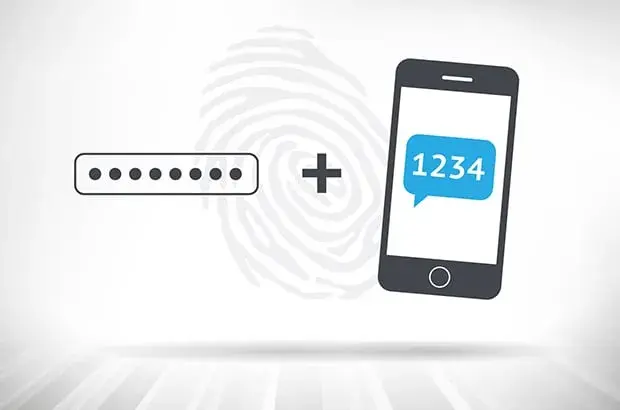Privileged Access Management (PAM) is an area of identity security that helps organisations maintain complete control and visibility over their most critical systems and data. A robust PAM solution ensures that all user actions, including those taken by privileged users, are monitored and can be audited in case of a security breach.
Privileged account abuse presents one of today’s most critical security challenges and is increasingly the hacker’s favoured way of breaching your defences and has become a critical priority for IT security teams.
This blog will help you become better acquainted with the PAM basics and help you start on your own PAM journey.
What is a privileged account?
Privileged users have privileged accounts that give them complete access to maintain your IT infrastructure. These accounts can belong to internal or external employees allowing them to manage operating systems, network devices, applications, industrial control systems, and IoT devices. In some cases, this unrestricted access gives users the power to cover up any modifications or changes they made to the system – a useful trick for cybercriminals.
Controlling privileged access not only reduces the potential attack surface and minimises the impact of a breach, but it also builds resilience against other causes of disruption including insider threats, misconfigured automation and accidental operator error in production environments.
Here are the top 3 reasons why Privileged Access Management (PAM) should be your highest cyber security priority:
- Minimise risk of hacking
80% of all breaches involve privileged credentials. External hackers and insider threats seek out and exploit shared or privileged accounts because they hold the “keys to the kingdom.” Gartner: Privileged Access Management is the #1 Cyber Security Priority for 2019 - Compliance
Auditability of authentication and access is core to the IAM lifecycle and is required compliance for many organizations. Privileged activity auditing is already required in varying degrees in regulations for SOX, HIPAA, ICS CERT, GLBA, PCI DSS, FISMA, and others. However, auditing privileged access is now essential due to the General Data Protection Regulation (GDPR), which mandates management of access to personal data, putting all privileged access in scope. - ROI
PAM also provides a high return on investment (ROI); the relative cost to implement it is low vs. the beneficial impact to the protection-detection-response cybersecurity lifecycle. Along with quick installation and deployment reducing administrative time and costs.
If you’d like to learn more join the on-demand webinar where you will be briefed on the accounts attackers target most often.
Now we discussed the reasons why PAM is a cyber security priority, you may like to put 10 Questions to your PAM vendor before dive deeper into your PAM journey.




%20is%20a%20cyber%20security%20high%20priority%20(2).webp)


%20explained%20(1).webp)


